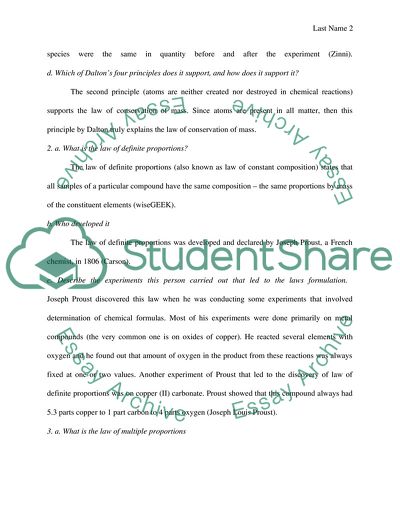Cite this document
(“What is the Law of Conservation of Mass Book Report/Review - 1”, n.d.)
What is the Law of Conservation of Mass Book Report/Review - 1. Retrieved from https://studentshare.org/chemistry/1792461-atomic-theory-webquest
What is the Law of Conservation of Mass Book Report/Review - 1. Retrieved from https://studentshare.org/chemistry/1792461-atomic-theory-webquest
(What Is the Law of Conservation of Mass Book Report/Review - 1)
What Is the Law of Conservation of Mass Book Report/Review - 1. https://studentshare.org/chemistry/1792461-atomic-theory-webquest.
What Is the Law of Conservation of Mass Book Report/Review - 1. https://studentshare.org/chemistry/1792461-atomic-theory-webquest.
“What Is the Law of Conservation of Mass Book Report/Review - 1”, n.d. https://studentshare.org/chemistry/1792461-atomic-theory-webquest.


